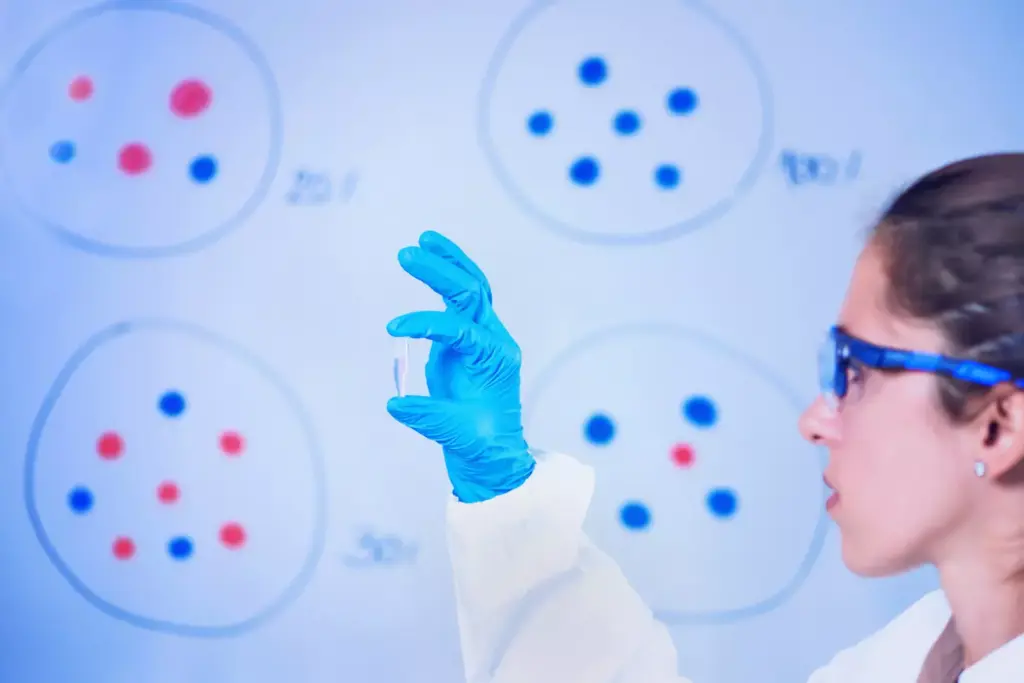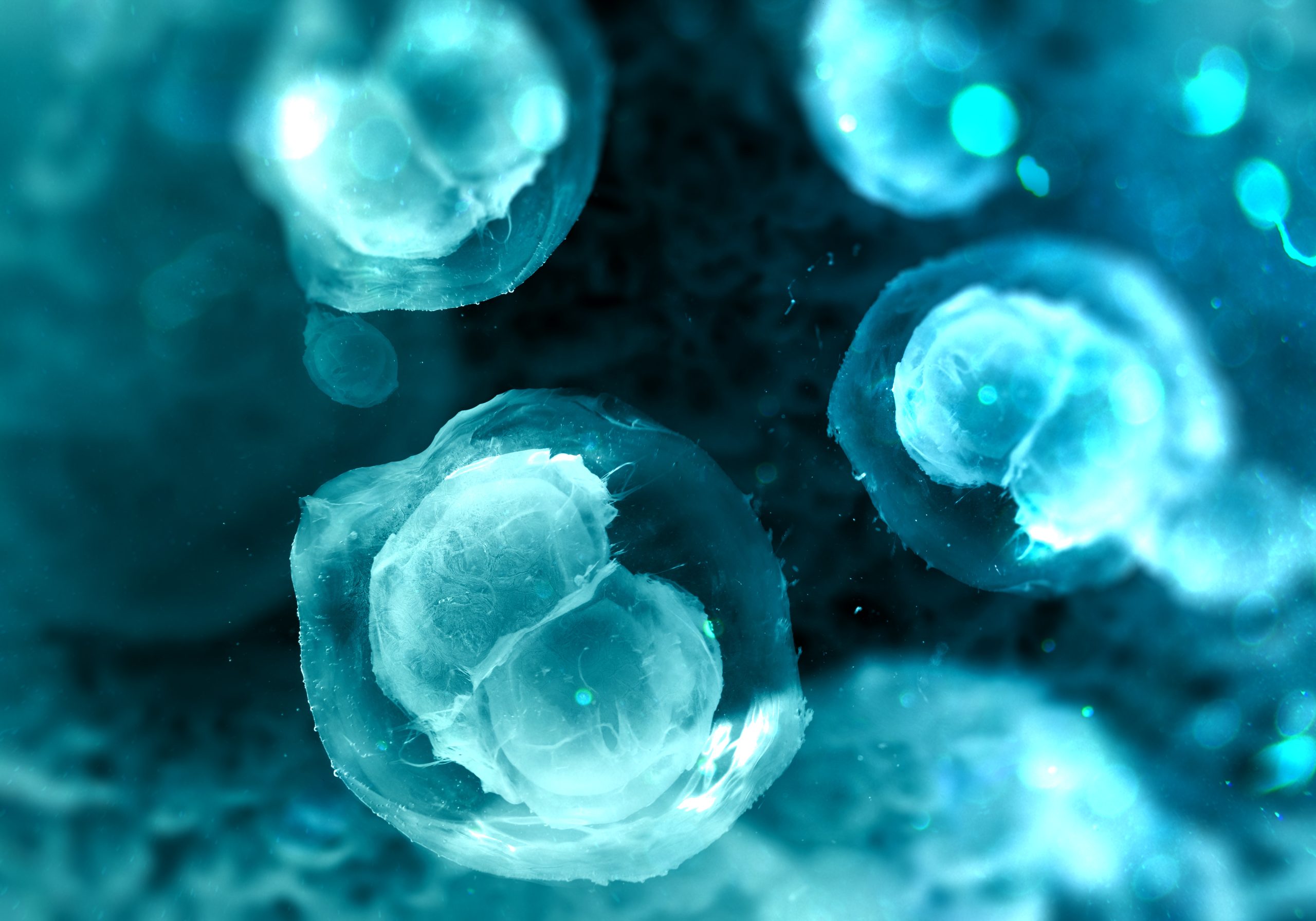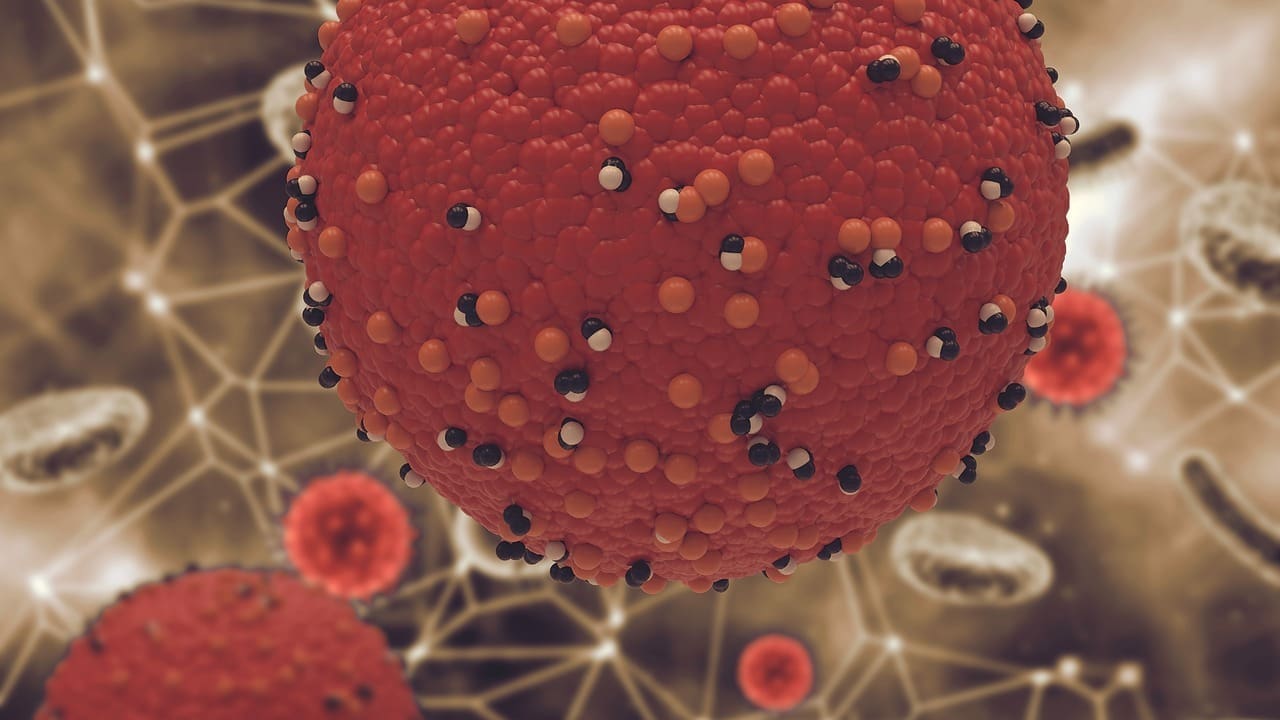Last Updated on November 27, 2025 by Bilal Hasdemir

Ever wondered why they’re called ‘B cells‘ and why they’re key to fighting off infections? Research has shown how B lymphocytes go from a bird’s organ to being a cornerstone of human immunity.
At Liv Hospital, we focus on the latest in patient care. B cells, or B lymphocytes, are vital white blood cells. They mainly make antibodies and help with humoral immunity. The name ‘B cell‘ comes from the Bursa of Fabricius, a bird organ where they mature.
Key Takeaways
- B cells are key for making antibodies and helping with humoral immunity.
- The ‘B’ in B cells comes from the Bursa of Fabricius, where they mature in birds.
- In humans and mammals, B cell development happens in the bone marrow.
- B lymphocytes are very important for the adaptive immune system.
- Knowing about B cells helps us understand how we fight off infections.
The Discovery and Naming of B Cells
The story of B cells starts with early research on birds. This work was key to understanding the immune system and B lymphocytes’ role.
Early Immunological Research
In the mid-20th century, scientists were exploring the immune system. They found a special organ in chickens that helped B cells grow. This organ, the Bursa of Fabricius, was vital for B cell development.
The Bursa of Fabricius: The Original “B”
The ‘B’ in B cells comes from the Bursa of Fabricius, a bird organ. It was discovered that the Bursa helped B cells mature. This was a big step in understanding B cells.
From Birds to Mammals: Evolution of Terminology
As research moved to mammals, including humans, a change was noticed. Mammals don’t have a Bursa of Fabricius, but B cells develop in the bone marrow. Yet, the name ‘B cell’ stayed, paying tribute to its origins.
Today, we know B cells are key to fighting off infections. Their discovery in birds to their role in mammals shows science’s progress. It shows how early findings can expand our knowledge of life.
Understanding B Cells: Key Components of Adaptive Immunity
B cells are at the core of our immune system. They fight infections by making antibodies. Let’s dive into their vital role in protecting us.
What Are B Cells?
B cells, or B lymphocytes, are vital for our immune system. They turn into antibody-producing cells. These proteins find and stick to specific invaders, helping to get rid of them.
B Cells vs. Other Lymphocytes
B cells are key in fighting infections through antibodies. But, T cells have a different job. T cells kill infected cells or help control the immune response. This shows how different lymphocytes work together to keep us safe.
The Role of B Cells in Humoral Immunity
B cells are essential for our immune system. They make antibodies to fight infections. When they find their target, they grow and turn into plasma cells. These cells make antibodies that mark invaders for destruction.
Knowing how B cells work is important. They help us fight off many diseases. By making antibodies, B cells are a big part of our immune defense.
B Cell Development: From Stem Cell to Mature Lymphocyte
The journey of B cells from hematopoietic stem cells to mature lymphocytes is complex. It happens mainly in the bone marrow. This process includes many stages of differentiation and selection. It makes sure B cells are ready to fight off infections and don’t attack the body’s own cells.
Hematopoietic Origins in Bone Marrow
In humans and other mammals, B cell development starts with hematopoietic stem cells in the bone marrow. These stem cells can turn into different blood cells, including B lymphocytes. The bone marrow supports B cell development early on, providing the needed growth factors and interactions.
Stages of B Cell Development
B cell development goes through several stages, from the hematopoietic stem cell to the mature B lymphocyte. The main stages are:
- Progenitor stage: The first step where stem cells decide to become B cells.
- Precursor stage: More differentiation and rearrangement of immunoglobulin genes happen.
- Immature B cell stage: Selection processes remove B cells that react to self-antigens.
- Mature B cell stage: B cells that pass the selection become functional B lymphocytes.
Developmental Checkpoints and Selection Processes
Throughout B cell development, there are key developmental checkpoints and selection processes. They make sure B cells are functional and don’t attack the body. These include:
- Negative selection: Getting rid of B cells that react to self-antigens.
- Positive selection: B cells that successfully rearrange their immunoglobulin genes survive and mature.
These checkpoints are vital for preventing autoimmune diseases. They help ensure B cells are diverse and can fight infections well.
Where Do B Cells Mature? The Journey Through Lymphoid Tissues
B cells mature in different places at different times, starting in the womb. This journey is key to building a strong immune system.
Fetal Development: The Liver Phase
In the womb, the liver is where B cells first mature. This happens early on, showing how vital the liver is for the immune system’s start. Later, the bone marrow takes over this role.
Key aspects of B cell maturation in the fetal liver include:
- Early hematopoiesis
- Initial B cell lineage commitment
- Progenitor cell development
Bone Marrow: The Primary Site of B Cell Maturation
As the fetus grows, the bone marrow becomes the main place for B cell maturation. This change is important for B cells to grow and diversify. The bone marrow offers a special environment for this growth.
The bone marrow’s role in B cell maturation involves:
- V(D)J recombination
- Negative selection
- Maturation of immature B cells
Secondary Lymphoid Organs: Final Maturation Steps
After growing in the bone marrow, B cells move to secondary lymphoid organs. These places, like lymph nodes and the spleen, help B cells finish maturing. They are essential for B cells to become plasma cells that make antibodies.
Key functions of secondary lymphoid organs in B cell maturation include:
- Antigen presentation
- T cell-B cell interactions
- Activation and differentiation of mature B cells
The Structure and Surface Markers of B Cells
Understanding B cells’ surface markers and receptors is key to seeing their role in immunity. B cells, or B lymphocytes, have unique surface molecules. These molecules help them perform their immune functions well.
B Cell Receptors and Immunoglobulins
The B cell receptor (BCR) is a vital surface molecule that recognizes antigens. It’s made of membrane-bound immunoglobulins, which are like antibodies attached to the B cell. These immunoglobulins help the B cell bind to specific antigens, starting an immune response.
Key components of the BCR complex include:
- Membrane-bound immunoglobulin heavy and light chains
- Igα (CD79a) and Igβ (CD79b) heterodimers, which are essential for signal transduction
When an antigen binds to the BCR, it starts a signaling cascade. This cascade activates the B cell. This activation is key for the immune response, including proliferation, differentiation, and antibody production.
Important Surface Molecules and Markers
B cells also have other surface molecules important for their function and identification. Some of these include:
- CD19: A co-receptor that enhances BCR signaling
- CD21 (CR2): A receptor for the C3d component of complement, which can also be part of the BCR co-receptor complex
- CD40: A receptor that interacts with CD40 ligand on T cells, critical for T cell-dependent B cell activation
- CD80 (B7-1) and CD86 (B7-2): Co-stimulatory molecules that interact with CD28 on T cells
These surface markers are vital for B cell function. They also help identify different stages of B cell development and activation.
Structural Adaptations for Antibody Production
B cells are designed to produce lots of antibodies. When activated, B cells can turn into plasma cells. These cells are factories for making antibodies.
The process of antibody production involves:
- Somatic hypermutation, which introduces mutations into the immunoglobulin genes to increase antibody affinity
- Class switch recombination, which changes the isotype of the antibody to alter its effector function
- Differentiation into plasma cells, which are dedicated to high-volume antibody production
These adaptations make B cells essential for the humoral immune response. They help protect against many pathogens.
B Cell Activation and Differentiation
When B cells find antigens, they start a chain of events. This leads to making antibodies and creating immune memory. This is key for the body to fight off infections well.
Antigen Recognition and Binding
The first step is when B cells bind to antigens with their B cell receptor (BCR). This binding is very specific. Antigen recognition starts the intracellular signals that activate B cells.
T Cell-Dependent Activation
T cell-dependent activation involves B cells and T helper cells working together. When a B cell finds an antigen, it takes it in and shows parts of it on its surface. T helper cells then give B cells the signals they need to fully activate, like CD40 ligand and cytokines.
This teamwork is key for B cells to go to germinal centers. There, they improve their antibody-making skills through somatic hypermutation and class switch recombination.
T Cell-Independent Activation
T cell-independent activation happens without T cells. It’s triggered by polysaccharide antigens that can link BCRs together. This leads to quick IgM antibody production but results in lower affinity antibodies and no immune memory.
Formation of Plasma Cells and Memory B Cells
After activation, B cells turn into either plasma cells or memory B cells. Plasma cells make lots of antibodies. Memory B cells stay in the body, ready to fight the same antigen again. Both types are important for long-term protection.
Functions of B Cells in the Immune System
B cells are key players in our immune system. They do more than just make antibodies. We’ll see how they help keep us healthy and fight off infections.
Antibody Production and Secretion
B cells are famous for making antibodies. These proteins find and stick to specific invaders. Antibody production is vital for our defense against germs.
- Antibodies can directly neutralize pathogens by binding to them.
- They can mark pathogens for destruction through a process called opsonization.
- Antibodies can activate the complement system, boosting the immune response.
Antigen Presentation
B cells also serve as antigen-presenting cells (APCs). They help start the immune response. By showing antigens to T cells, B cells get these cells ready to fight.
Cytokine Production and Immune Regulation
B cells make cytokines, which are important for controlling the immune response. Cytokines can either boost or calm inflammation, depending on the type. This lets B cells guide other immune cells for a balanced fight.
- Cytokines produced by B cells can support the activation of other immune cells.
- They can help regulate the intensity of the immune response.
- B cell-derived cytokines contribute to the development of immune memory.
In summary, B cells are essential for our immune system. They make antibodies, present antigens, and produce cytokines. Knowing their roles helps us understand how to fight off diseases and improve treatments.
B Cell Subsets and Specialized Functions
We find several B cell subsets, like follicular B cells, marginal zone B cells, and B-1 cells. They work together to protect us from harm. Each subset tackles different challenges, making our immune system complex.
Follicular B Cells
Follicular B cells are the most common B cells in our bodies. They live in lymphoid tissue follicles. They help make high-affinity antibodies through a process called affinity maturation and class switching. This is key for fighting off infections.
These B cells need T cells to work. This teamwork is vital for creating antibodies that target specific threats.
Marginal Zone B Cells
Marginal zone B cells are in the spleen’s marginal zone. They quickly respond to blood-borne pathogens. This fast response is essential for immediate defense.
They make IgM and IgG antibodies to neutralize pathogens. They also help T cells by presenting antigens, boosting the immune response.
B-1 Cells
B-1 cells are mainly in the peritoneal and pleural cavities. They produce natural antibodies for quick protection. B-1 cells also make IgA antibodies, vital for mucosal immunity.
B-1 cells develop early in life and self-renew. This ensures they are always ready to help us.
Conclusion: The Critical Role of B Cells in Health and Disease
Understanding B cells is key to seeing their role in the immune system. We’ve looked at how they develop, what they do, and their different types. This shows how vital they are for our health and when things go wrong.
B cells are important for our immune system. They make antibodies and help control how our body reacts to threats. This is why they’re so important.
When B cells don’t work right, it can cause many health problems. Learning about B cells helps us understand the immune system better. This knowledge can lead to new treatments for these diseases.
Studying B cells in health and disease shows how important they are. As we learn more about how they work and when they don’t, we’re getting closer to better treatments. This will help improve care and results for patients.
What does the ‘B’ in B cells stand for?
The ‘B’ in B cells stands for Bursa. This refers to the Bursa of Fabricius, an organ in birds. It’s where these cells were first identified to mature.
Where do B cells mature in humans and mammals?
In humans and mammals, B cells mature in the bone marrow.
What is the role of B cells in humoral immunity?
B cells play a key role in humoral immunity. They produce antibodies that recognize and bind to specific antigens. This protects the body against infections.
How do B cells differ from T cells?
B cells are different from T cells, another type of lymphocyte. While T cells are involved in cell-mediated immunity, B cells mature into antibody-producing cells.
What is the B cell receptor (BCR)?
The B cell receptor (BCR) is a critical surface molecule on B cells. It recognizes antigens.
How are B cells activated?
B cells are activated when they recognize antigens by the BCR. This can happen through T cell-dependent or T cell-independent activation pathways.
What are the different subsets of B cells?
There are several subsets of B cells. These include follicular B cells, marginal zone B cells, and B-1 cells. Each subset has specialized functions.
What is the function of plasma cells?
Plasma cells are differentiated from activated B cells. They produce large quantities of antibodies.
What is the role of memory B cells?
Memory B cells provide long-term immune memory.
Can B cells act as antigen-presenting cells?
Yes, B cells can act as antigen-presenting cells. They help activate T cells.
Do B cells produce cytokines?
Yes, B cells can produce cytokines. These cytokines regulate the immune response.
Where does B cell development start?
B cell development starts from hematopoietic stem cells in the bone marrow.
What is the initial site for B cell maturation during fetal development?
During fetal development, the liver is the primary site for B cell maturation.
References
- MicrobeNotes. B Cells: Development, Functions & Role in Immune Response. Available from: https://microbenotes.com/b-cell-b-lymphocyte/ (Microbe Notes)
- Fortis Life. “B” Is For Bursa. Available from: https://www.fortislife.com/resources/antibody-resources/b-is-for-bursa (fortislife.com)
- Althwaiqeb SA. Histology, B-Cell Lymphocyte. In: StatPearls. NBK560905. 2023. Available from: https://www.ncbi.nlm.nih.gov/books/NBK560905/ (ncbi.nlm.nih.gov)
- Bio-Rad Antibodies. An Overview of B Cells – from Discovery to Therapy (Mini-Review). Available from: https://www.bio-rad-antibodies.com/static/2016/b-cell/minireview/an-overview-of-b-cells—from-discovery-to-therapy-mini-review.pdf (Bio-Rad)
- The British Society for Immunology / Immunology.org. B Cells (B-lymphocytes). Available from: https://www.immunology.org/public-information/bitesized-immunology/cells/b-cells (British Society for Immunology)








